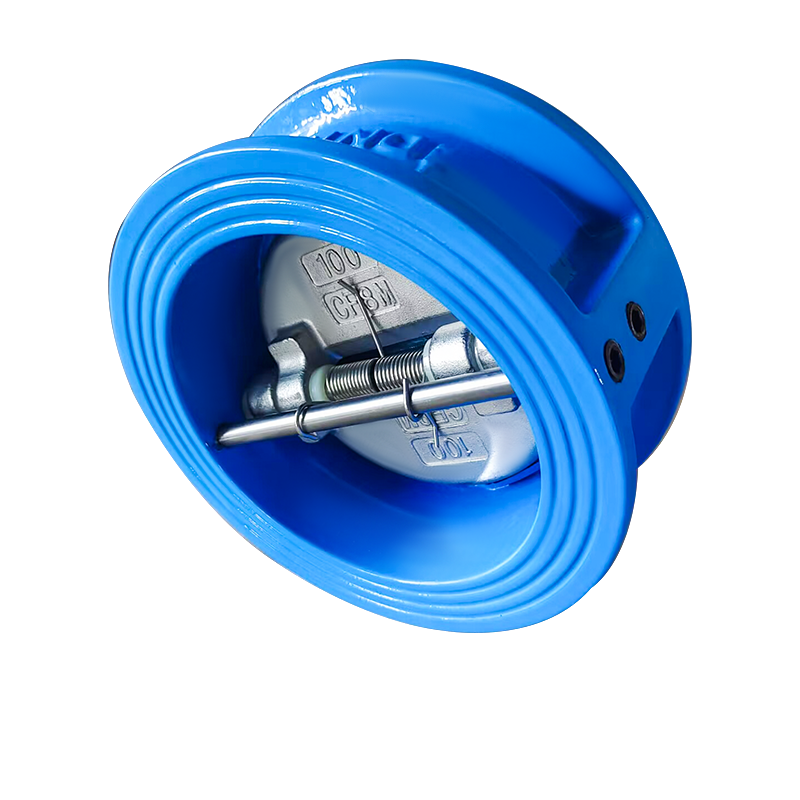Operating Principle: The functionality of wholesale butterfly valves relies on the rotation of a disk or "butterfly" within the valve body. When the valve is fully open, the disk is positioned parallel to the direction of flow, allowing for unrestricted fluid passage. Conversely, when the valve is closed, the disk is rotated perpendicular to the flow direction, blocking the passage of fluid.
Versatility and Adaptability: One of the key advantages of wholesale butterfly valves is their versatility and adaptability to a wide range of applications. These valves are available in various sizes, materials, and configurations to accommodate different flow rates, pressures, and fluid types. From water treatment plants to chemical processing facilities, butterfly valves find extensive use in industries where reliable fluid control is essential.

Low Pressure Drop: Wholesale butterfly valves offer minimal pressure drop compared to other types of valves, such as globe or gate valves. This means that they do not significantly impede the flow of fluid when fully open, resulting in energy savings and improved system efficiency.
Ease of Operation: Butterfly valves are known for their ease of operation, requiring minimal effort to open, close, or regulate the flow of fluid. With the use of manual, pneumatic, or electric actuators, butterfly valves can be easily controlled remotely, allowing for seamless integration into automated systems.
Conclusion: In conclusion, wholesale butterfly valves play a crucial role in fluid control systems, offering efficient and reliable operation in a wide range of industrial applications. By understanding their functionality and operating principles, engineers and technicians can select and utilize butterfly valves effectively to optimize system performance and ensure smooth operation.

